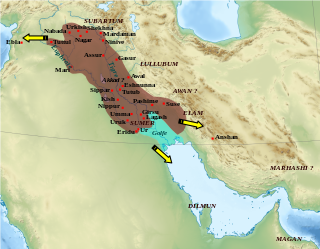| Jagh-e Kutak جغ كوتك | |
|---|---|
| village | |
| Coordinates: 30°40′07″N50°04′17″E / 30.66861°N 50.07139°E Coordinates: 30°40′07″N50°04′17″E / 30.66861°N 50.07139°E | |
| Country | Iran |
| Province | Khuzestan |
| County | Behbahan |
| Bakhsh | Central |
| Rural District | Dodangeh |
| Time zone | IRST (UTC+3:30) |
| • Summer (DST) | IRDT (UTC+4:30) |
Jagh-e Kutak (Persian : جغ كوتك, also Romanized as Jagh-e Kūtak and Jegh Kūtak; also known as Jeq [1] ) is a village situated next to Abkir creek that feeds Maroon Lake in Dodangeh Rural District, in the Central District of Behbahan County, Khuzestan Province, Iran. During the 19th century it was the site of opium (Persian: taryak) cultivation in Khuzestan. At the 2006 census, its existence was noted. Jagh residents claim to be descendants of the Kirzadeh and Pashmekoss-Atabaki tribe. [2] Abkir stream has for many years suffered from drought. The village master, whose local title is Jaghrais-e-khodkon, is Hajagha Ramin Soltanahloloian.

Persian, also known by its endonym Farsi, is one of the Western Iranian languages within the Indo-Iranian branch of the Indo-European language family. It is primarily spoken in Iran, Afghanistan, and Tajikistan, Uzbekistan and some other regions which historically were Persianate societies and considered part of Greater Iran. It is written right to left in the Persian alphabet, a modified variant of the Arabic script.
Dodangeh Rural District is a rural district (dehestan) in the Central District of Behbahan County, Khuzestan Province, Iran. At the 2006 census, its population was 14,601, in 2,863 families. The rural district has 36 villages.
The Central District of Behbahan County is a district (bakhsh) in Behbahan County, Khuzestan Province, Iran. At the 2012 census, its population was 230,774, in 40,588 families. The District has two cities: Behbahan & Mansuriyeh. The District has two rural districts (dehestan): Dodangeh Rural District and Howmeh Rural District.




